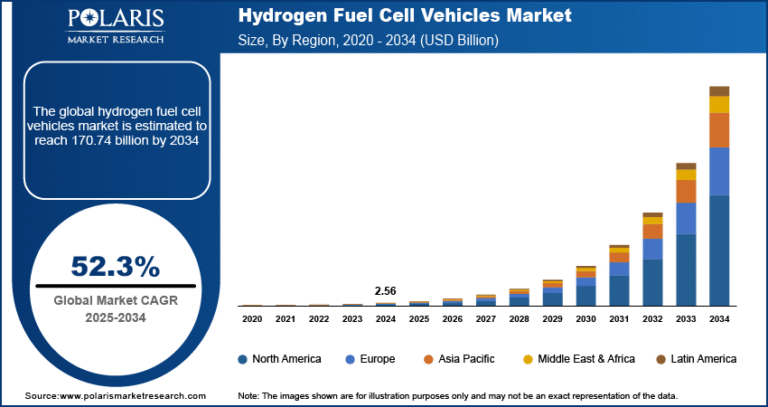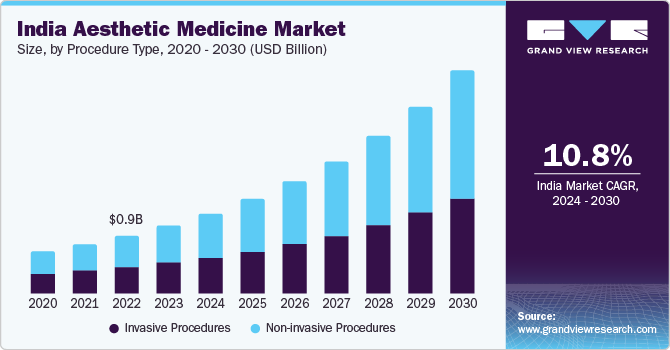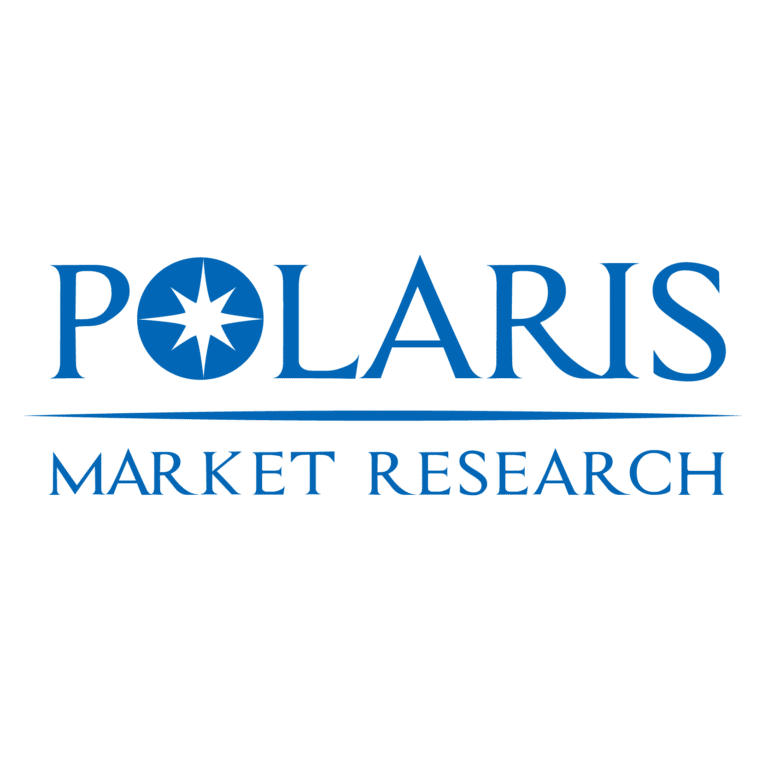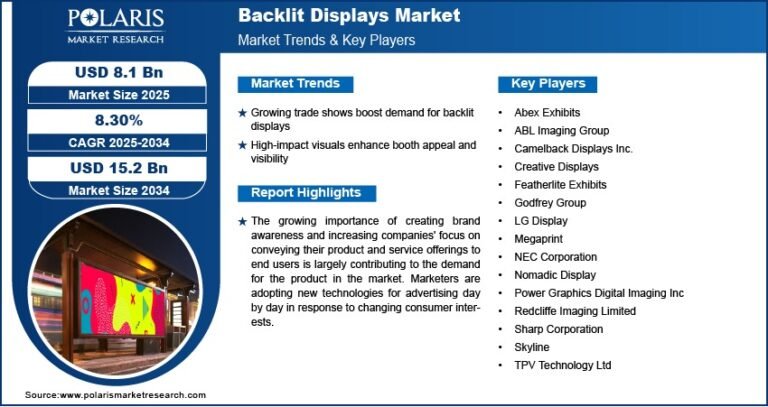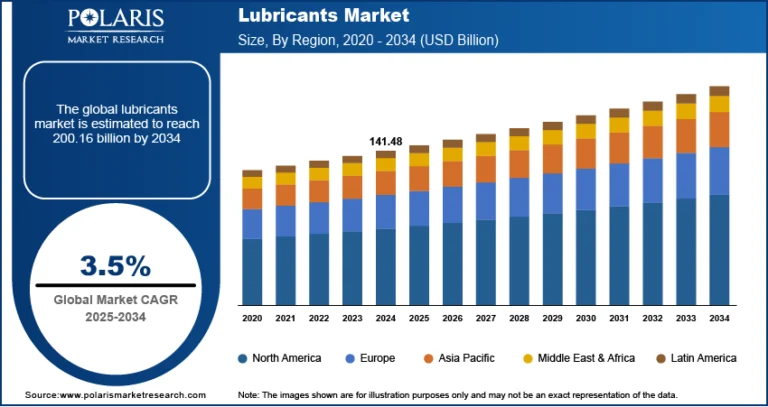Acute Lymphoblastic Leukemia Therapeutics Market to Surge at 8.1% CAGR, Hitting $6.97 Billion by 2034
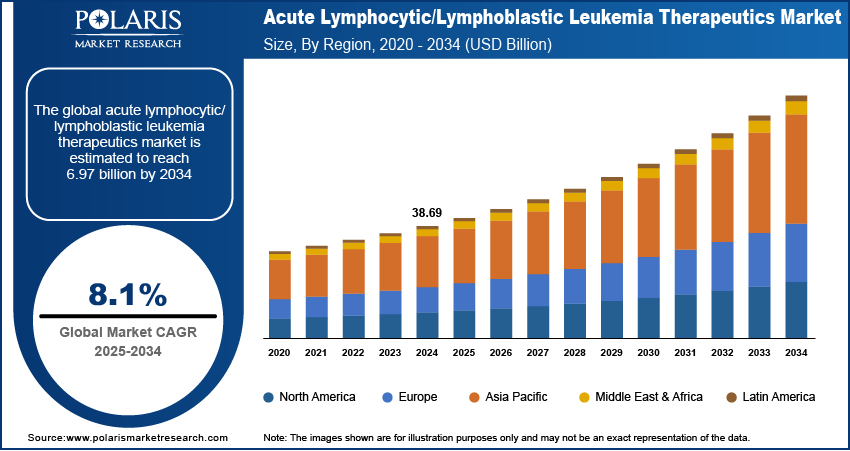
The global acute lymphocytic/lymphoblastic leukemia therapeutics market size was valued at USD 3.23 billion in 2024. The market is projected to grow from USD 3.46 billion in 2025 to USD 6.97 billion by 2034, exhibiting a CAGR of 8.1% during 2025–2034.Trends include the adoption of targeted therapies, the development of chimeric antigen receptor (CAR) T-cell therapies, and growing interest in precision medicine approaches.
Market Overview
The Acute Lymphoblastic/Lymphocytic Leukemia (ALL) Therapeutics Market encompasses drugs, treatments, and emerging therapies targeting ALL—a rapidly progressing cancer of the white blood cells. It includes chemotherapy regimens, targeted biologics, immunotherapies, CAR-T cell therapies, and supportive care products. This market spans treatment options for both pediatric and adult patients and involves pharmaceutical companies, biotech firms, and healthcare institutions.
Market Size & Forecast
· Market size value in 2025 – USD 89.55 billion
· Revenue forecast in 2034 – USD 202.66 billion
· CAGR – 9.5% from 2025 – 2034
Request for Free Sample:
Market Key Trends
· Shift toward precision medicine: Increased adoption of therapies aimed at specific genetic markers such as BCR-ABL1 and CD19.
· Rise of immunotherapies: Development and growing use of CAR-T cell therapies (e.g., anti-CD19 CAR-T) and bispecific antibodies targeting CD19/CD22.
· Combination regimens: Use of novel agents like tyrosine kinase inhibitors in conjunction with standard chemotherapy to improve outcomes.
· Emergence of oral targeted agents: Growing use of oral therapies (e.g., BCL-2 inhibitors) to enhance convenience and compliance—particularly in relapsed or refractory ALL.
Market Growth Drivers
· High unmet medical need: Poor prognosis and survival rates in relapsed/refractory ALL fuels demand for innovative treatments.
· Strong R&D investments: Pharmaceutical and biotech companies are investing heavily in early-phase studies and novel modalities.
· Approval of breakthrough therapies: Regulatory bodies have granted fast-track and breakthrough designations to several immunotherapies and targeted agents.
Increasing healthcare access: Expansion of pediatric oncology programs in emerging markets, along with broader insurance coverage, supports market growth.
Market Challenges: Acute Lymphocytic/Lymphoblastic Leukemia Therapeutics Market
· High treatment costs: CAR-T cell therapies can cost several hundred thousand dollars per patient, limiting accessibility.
· Adverse event management: Severe toxicities such as cytokine release syndrome (CRS) and neurotoxicity require specialized care and infrastructure.
· Complex manufacturing: Custom cell therapies involve intricate production and delivery logistics.
Pipeline uncertainty: Many promising candidates are still in early clinical phases and may not receive approval.
Market Opportunities
· Next‑generation CAR‑T therapies: Allogeneic (“off-the-shelf”) products offer reduced turnaround times and costs.
· Bispecific and antibody‑drug conjugates: Dual-target approaches could improve efficacy while reducing side effects.
· Broader adult market adoption: Historically pediatric-focused, rising incidence and treatment improvements in adults present new growth.
· Global expansion: Licensing agreements and collaborations enable rollout of novel therapies into Asia, Latin America, and other underserved regions.
· This market is dynamic, driven by cutting‑edge science and evolving treatment paradigms, though it remains constrained by cost, complexity, and safety challenges.

